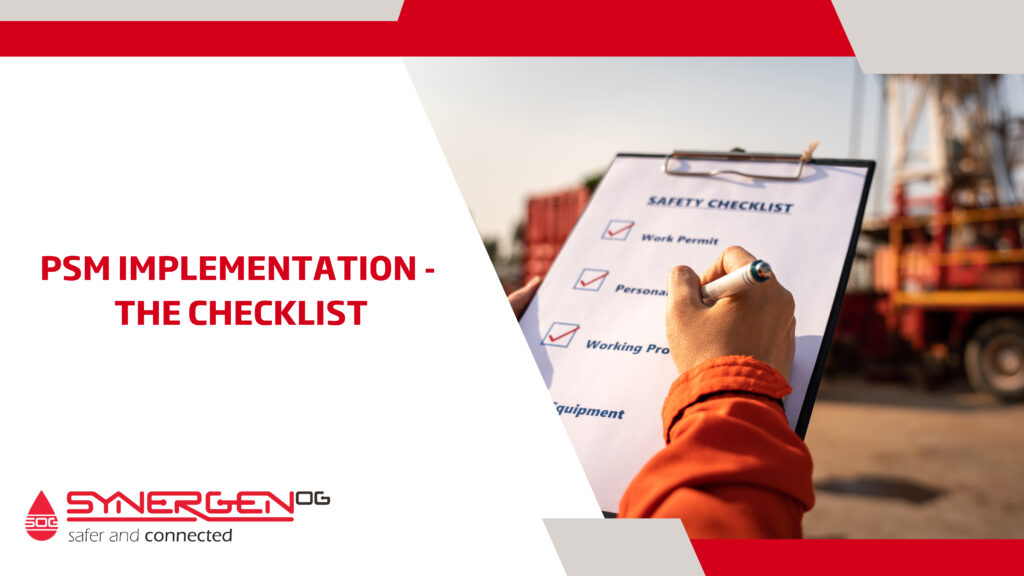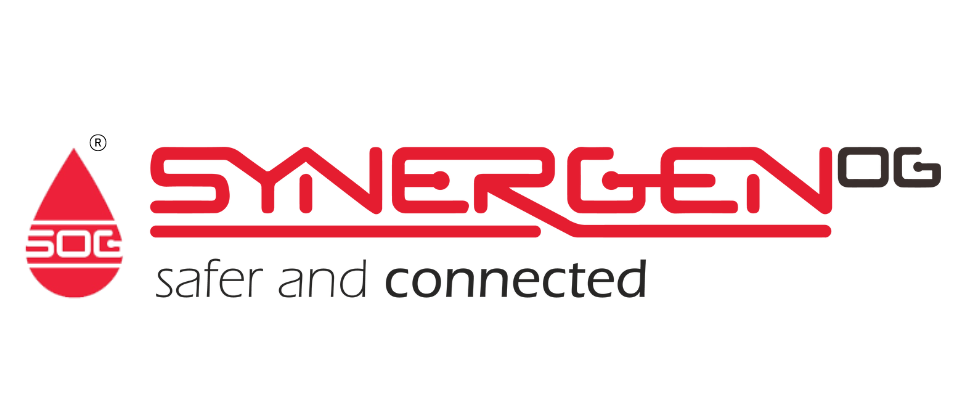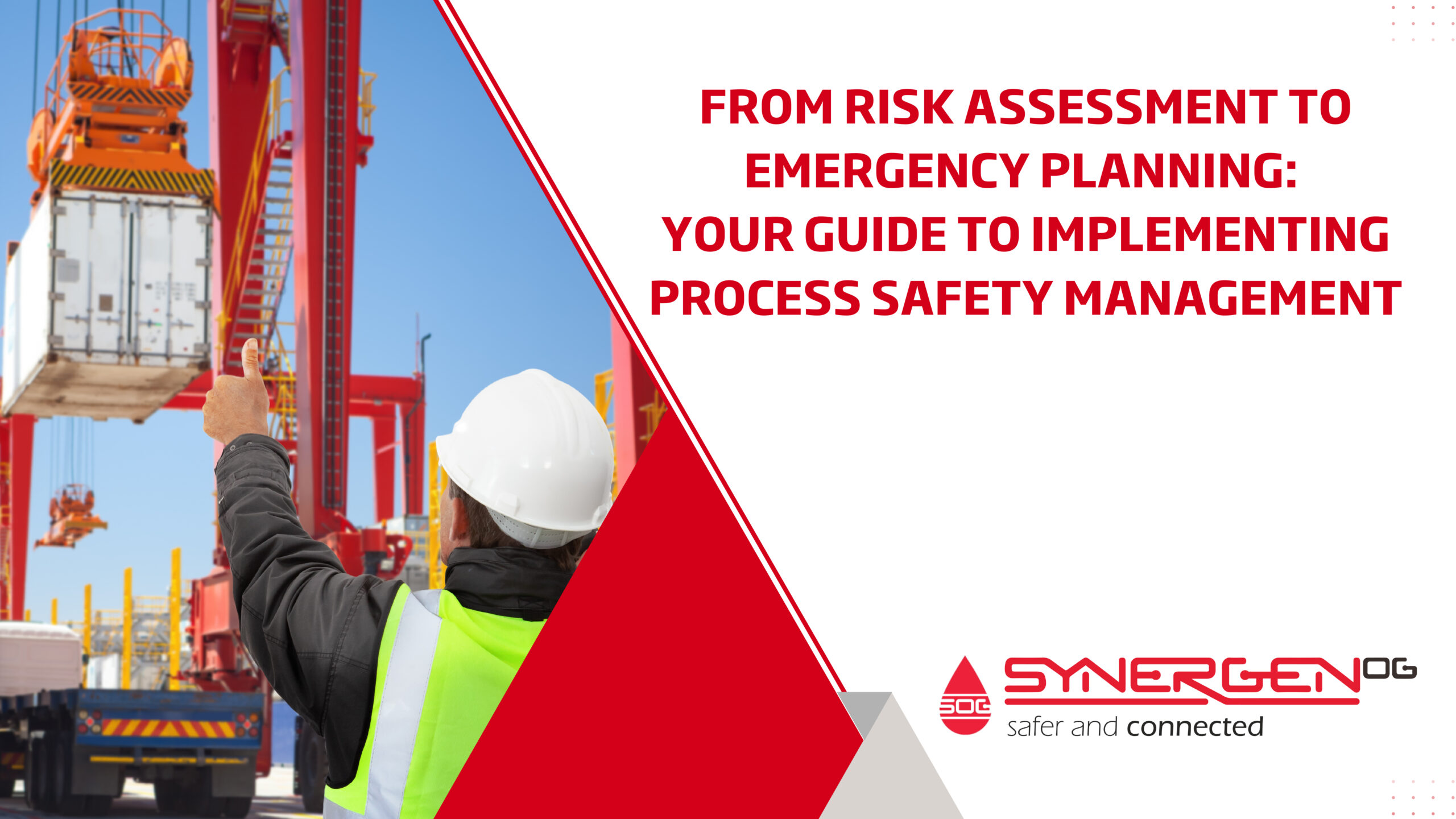Process safety management (PSM) is a systematic approach to preventing process-related injuries, deaths, and major disasters. It includes procedures and policies that address all aspects of process safety, from identification of hazards to employee training to incident investigation and reporting.
According to the Center for Chemical Process Safety (CCPS), different chemicals pose different risks to process safety.
Here is a brief overview of four classes of dangerous chemicals:
Toxic Materials:
These materials can cause serious health effects, including death if inhaled, ingested, or absorbed through the skin. They may also be harmful if released into the environment.
Examples include mercury, chlorine, and asbestos.
Reactive Materials:
These are materials that can become unstable and react violently with other substances under certain conditions. They may explode or release toxic fumes when heated, mixed with certain other chemicals, or exposed to light or sparks.
Examples include nitroglycerin and some types of plastic explosives.
Flammable Materials:
These are materials that can catch fire and burn quickly at relatively low temperatures. They may be in the form of liquids, gases, or solids.
Examples include gasoline, natural gas, and propane.
Explosive Materials: These are materials that can detonate (explode violently) under certain conditions. They may be in the form of liquids, gases, or solids.
Examples include dynamite and TNT.
PSM Standard As Per OSHA
Process safety management (PSM) is a regulation mandated by the Occupational Safety and Health Administration (OSHA) in order to prevent or mitigate the consequences of catastrophic incidents at chemical facilities.
The regulation consists of fourteen elements, each of which must be addressed by the facility in order to be in compliance. Despite this, many facilities are not in compliance with PSM due to a lack of understanding of the regulation, or because they believe it to be too costly and time-consuming to implement.
The PSM standard applies to any process that meets the criteria specified in Appendix A of the standard. This includes any process that uses a chemical with a quantity at or above the specified threshold, or any process that uses a Category 1 flammable gas or a flammable liquid with a flashpoint below 100 °F (37.8 °C) in a quantity of 10,000 pounds (4535.9 kg) or more.
Process Safety Management Checklist

Whether you’re starting up a new process or looking to audit an existing one, a Process Safety Management (PSM) checklist is a valuable tool. PSM checklists can be used to ensure that all aspects of PSM are being properly addressed as per PSM elements.
The following is a list of items that should be included in a PSM checklist:
| Sl. No | Checklist Item |
| 1 | Is the process hazard analysis up to date? |
| 2 | Are you using the most recent version of the HAZOP? |
| 3 | Have you reviewed the process hazard analysis with your team? |
| 4 | Do you have a written management of change procedure in place? |
| 5 | Do you have a written procedure for implementing changes to your process? |
| 6 | Do you have a written procedure for making repairs to your equipment? |
| 7 | Do you have a written procedure for handling non-routine maintenance on your equipment (if there is any)? |
| 8 | Is there a detailed process safety plan in place for handling emergencies, including evacuation procedures and lockdown procedures? |
| 9 | Are all of these plans documented and available to employees who need them? |
| 10 | Do you have an emergency response team in place that includes staff from different departments (e.g., fire department, medical office) who can respond to an incident like this? If not, when will this be implemented? |
Step-by-Step Guide to PSM Implementation
When it comes to implementing process safety management (PSM), there is no one-size-fits-all approach. However, there are some essential steps that every organization should take to ensure PSM is effectively implemented.
1. Define the scope of PSM
The first step is to define the scope of PSM within the organization clearly. This will ensure that all relevant stakeholders know what PSM entails in their respective roles and responsibilities in relation to it.
2. Conduct a hazard analysis
The next step is to conduct a comprehensive hazard analysis to identify potential risks and hazards associated with the organization’s operations. This should include a review of past incidents, as well as an assessment of current processes and procedures.
3. Develop appropriate controls
Based on the results of the hazard analysis, appropriate controls need to be put in place to mitigate identified risks and hazards. This could involve changes to processes, procedures, or equipment, as well as the introduction of new policies or training programs.
4. Implement PSM program elements
Once the necessary controls have been put in place, it’s time for process safety implementation of the various elements of a PSM program. This will typically involve developing standard operating procedures, conducting regular audits and inspections, and maintaining accurate records of all process safety information.
5. Evaluate effectiveness and revise accordingly
The final step is to periodically evaluate the effectiveness of the PSM program and make revisions as necessary. This will help to ensure that the program remains relevant and effective over time.
By following these steps, organizations can ensure that their PSM program is properly implemented and effective in mitigating process safety risks.
What is the Role of Management in the Implementation of Safety?
Management’s role in the effective implementation of Process Safety Management (PSM) is critical.
As the ultimate responsible party for safety in their organization, management must provide the resources needed for PSM implementation and ensure that all employees are trained in its requirements.
They must also develop and maintain clear policies and procedures related to PSM, and ensure that these are communicated throughout the organization.
Regular audits should be conducted to verify compliance with PSM requirements. Management must take corrective action as needed to address any deficiencies.
In addition to providing resources and oversight, management must also be actively involved in promoting a culture of safety within their organization. This includes setting the tone from the top by modeling safe behavior themselves and encouraging open communication about potential hazards and risks.
When incidents do occur, management should promote a learning culture where employees feel empowered to report near-misses and learn from mistakes without fear of reprisal.
By taking these steps, management can create an environment where everyone is committed to process safety and working together to prevent accidents before they happen.
Major Advantages of Implementing PSM
- Improved Safety Performance: Implementation of PSM can help your organization improve its safety performance by identifying and addressing potential hazards before they result in an incident.
- Reduced Risk of Accidents: By identifying and addressing potential hazards, PSM can help reduce the risk of accidents occurring at your facility.
- Enhanced Compliance: PSM can help enhance compliance with health and safety regulations, as well as other internal policies and procedures.
- Improved Communication: PSM can improve communication between management and employees, as well as between different departments within your organization. This improved communication can make it easier to identify and address potential hazards.
- Enhanced Employee Morale: Employees who feel safe and secure in their work environment are more likely to be productive and have a positive attitude towards their job. Implementing PSM can help enhance employee morale by improving safety conditions at your facility
- Reduced Insurance Costs: Organizations that have a good safety record are often eligible for discounts on their insurance premiums. Implementing PSM can help you save money on your organization’s insurance costs.
- Increased Profitability: A safe workplace is a productive workplace. By implementing PSM, you can improve the safety of your facility, which can lead to increased productivity and profitability for your organization.
Why Choose SynergenOG
We have the experience. Our process is schedule driven, budget-focused and results-oriented. We value quality. Global exposure to our work, strong work ethics and values exist in everything we do. Through our work, we strive to change the world for the better.
So, if you’re looking for a partner to help you implement process safety management effectively, SynergenOG is the preferred choice. We’re ready to put our expertise to work for you.
Implementing PSM Effectively - FAQs
- What is the purpose and goal of PSM?
The purpose of PSM is to prevent the release of hazardous materials and to minimize the consequences of such releases. The goal of PSM is to protect workers, the public, and the environment from the potential hazards associated with industrial operations.
- What are the requirements for implementing a PSM system?
You need to have a clear understanding of the process that you’re trying to manage and the potential hazards associated with it. Everyone needs to be on board with the program in order for it to work properly. This means developing a clear communication plan and ensuring that everyone understands their role in the system.
- How do you implement Process Safety Management?
To implement PSM effectively, various management tools must be utilized such as process mapping, job hazard analysis, inherently safer design, process hazard reviews (PHR), layer of protection analysis (LOPA), failure mode effects and criticality analysis (FMECA/FMEA), safe work permits, incident reporting and investigation, etc.
- What is a PSM specialist?
A Process Safety Management Specialist is an individual who is highly qualified in process safety and its federal and state requirements as they are responsible for the execution of risk management projects. They are in charge of defining and managing the project.
- What is a PSM audit?
An audit on the Process Safety Management study is a thorough assessment that identifies potential causes and evaluates the to ensure compliance with relevant regulatory or company/standard requirements.
- What is a PSI process?
Process Safety Information (PSI) is the basis of a Process Safety Management (PSM) program. It’s a process of data and information collection to help the Process Hazard Analysis (PHA) to identify and understand the hazards posed by those processes involving highly hazardous chemicals.
PSI at least collect following information:
- Hazards of the highly hazardous chemicals used or produced by the process;
- Information on the technology of the process; and
- Information on the equipment in the process.
- What is PSM training?
PSM Training is a course intended to provide a clear understanding of the Process Safety Management framework elements. It also provides guidelines on how to integrate the PSM element requirements into other Company programs.
- What is the focus of process safety?
Process safety focuses on preventing fires, explosions and accidental chemical/ toxic releases in chemical/ process facilities or other facilities dealing with hazardous materials.
- What is total process safety?
Process safety is disciplined that involves engineering and management skills focusing on preventing Hazard consequences from unexpected deviations in process conditions associated with the use of chemicals and petroleum products.


[…] Implementing a robust process safety management (PSM) program is essential to prevent catastrophic incidents in the chemical industry. Conduct thorough process hazard analyses, establish preventive maintenance schedules, implement regular equipment inspections, and develop management of change (MOC) protocols. […]
[…] Read more on Dangerous Chemicals in Oil & Gas – https://synergenog.com/implementing-process-safety-management/ […]
[…] Read more Oil & Gas Process Safety Checklists – https://synergenog.com/implementing-process-safety-management/ […]
[…] reference for employees. In this blog post, we will explore the role of documentation in effective PSM implementation and how it contributes to improved safety […]